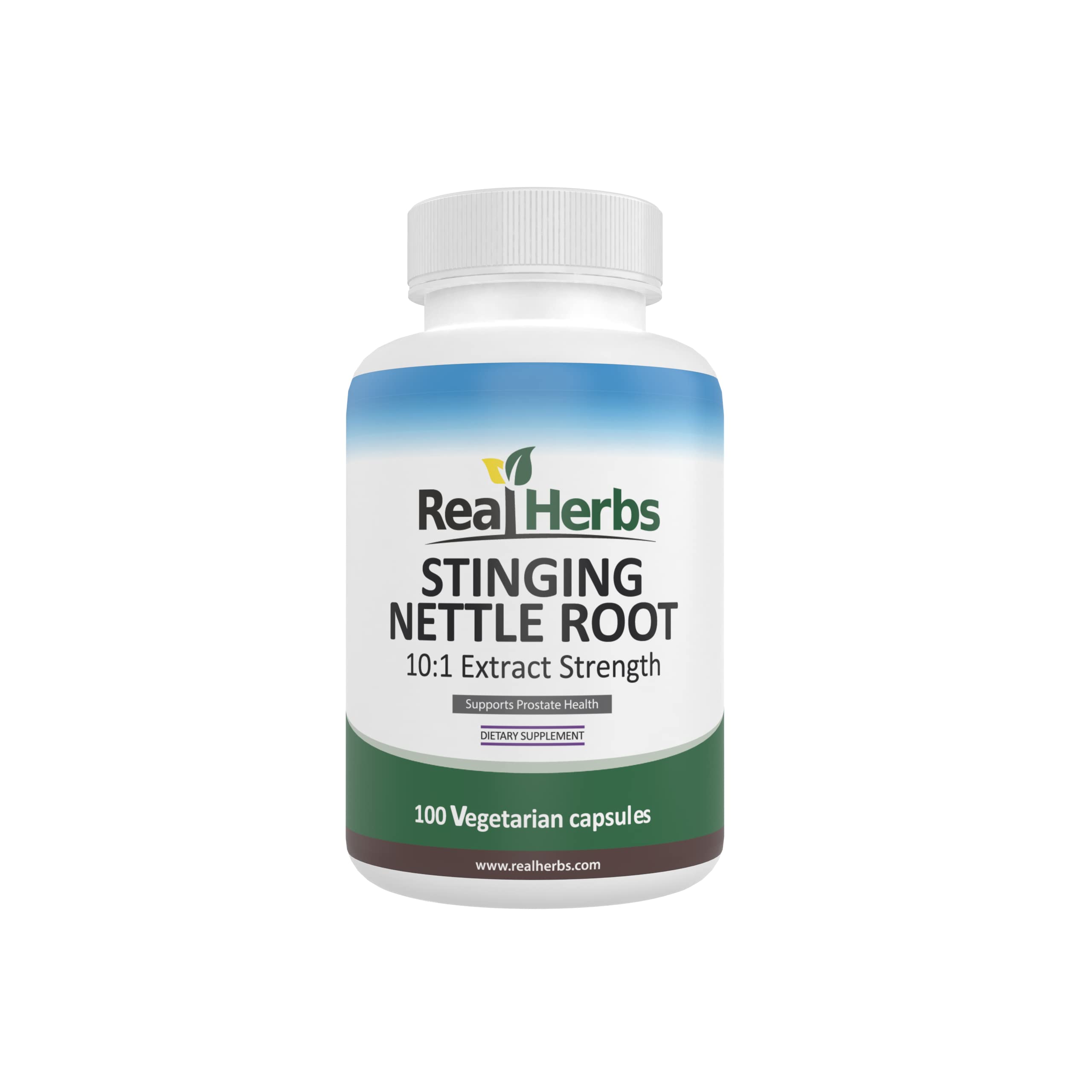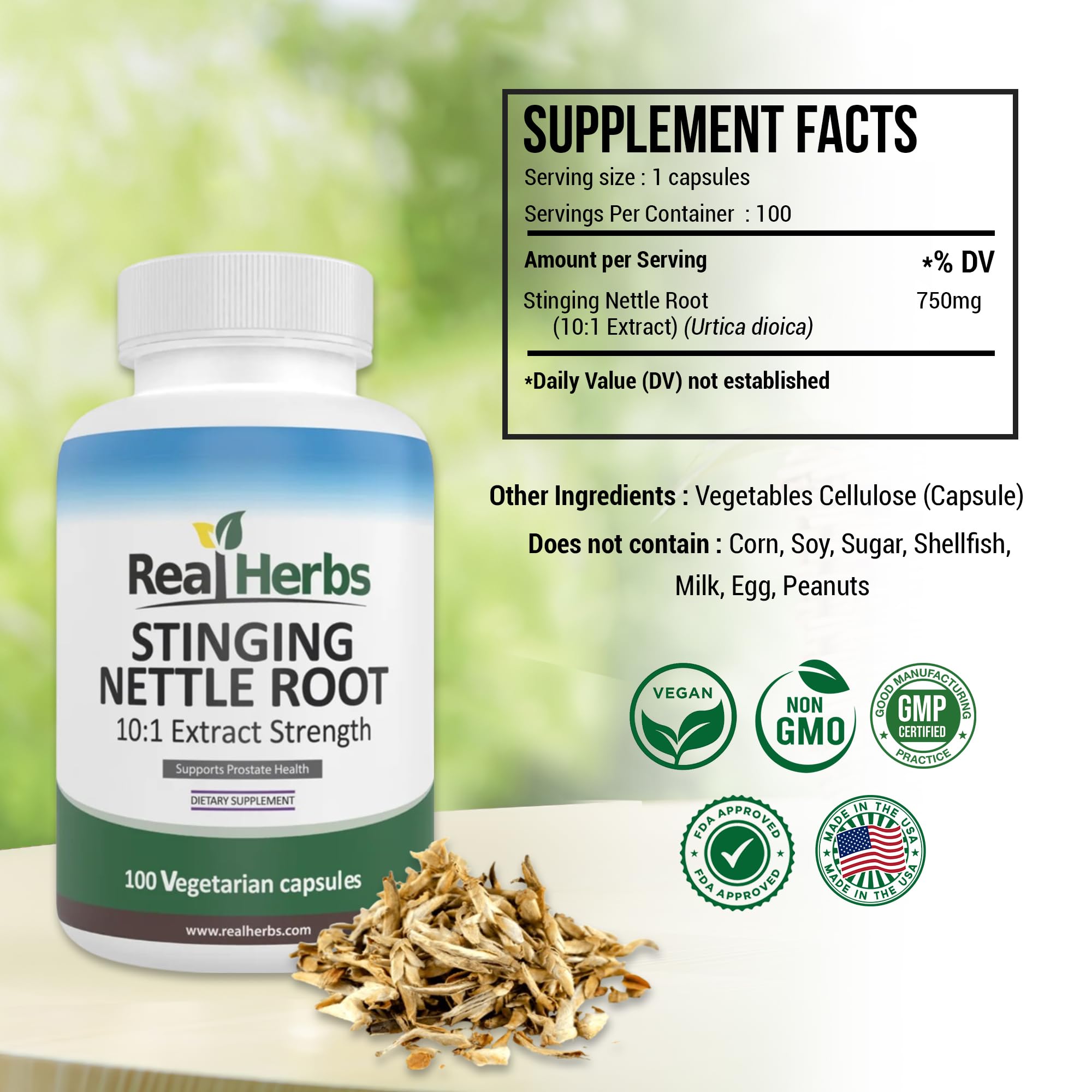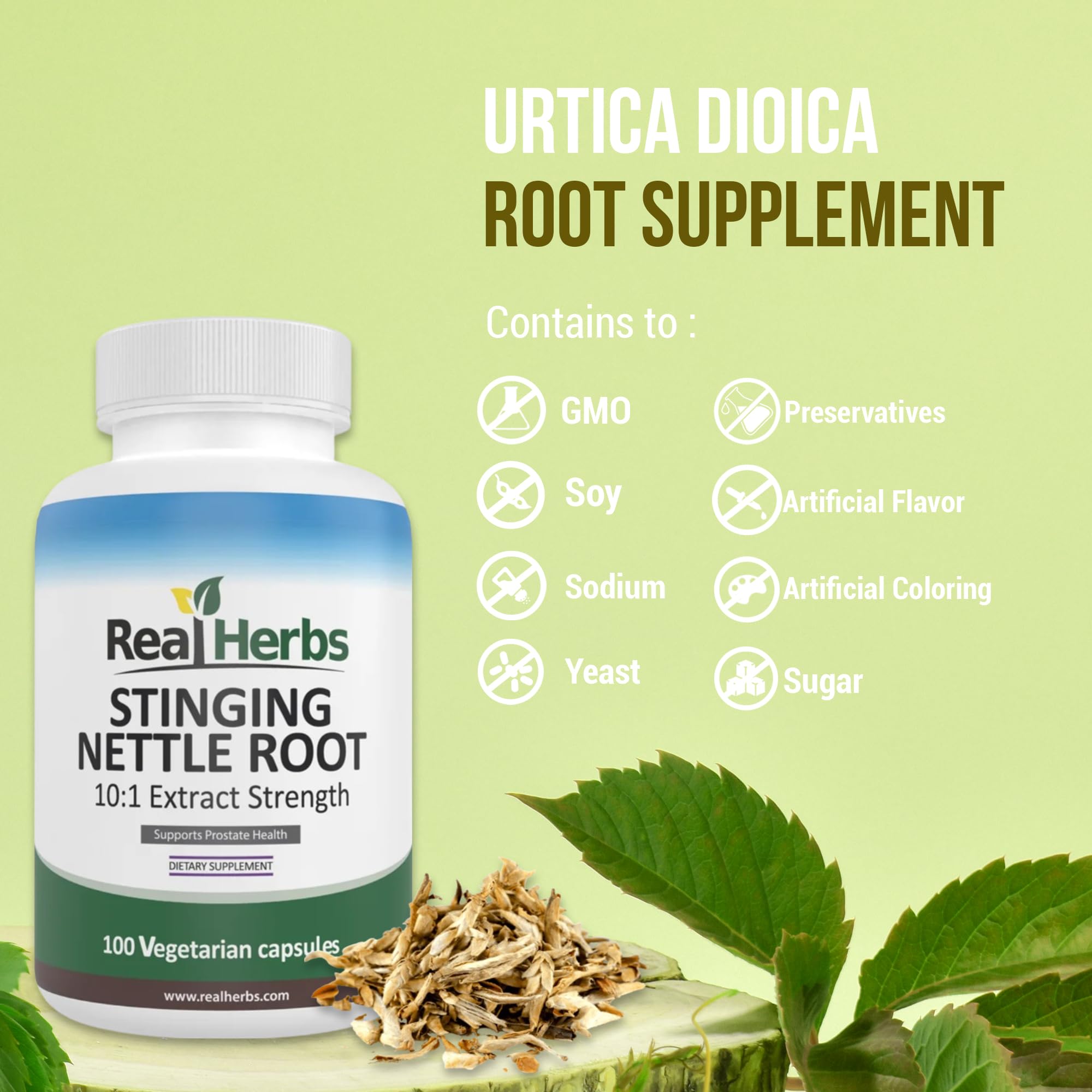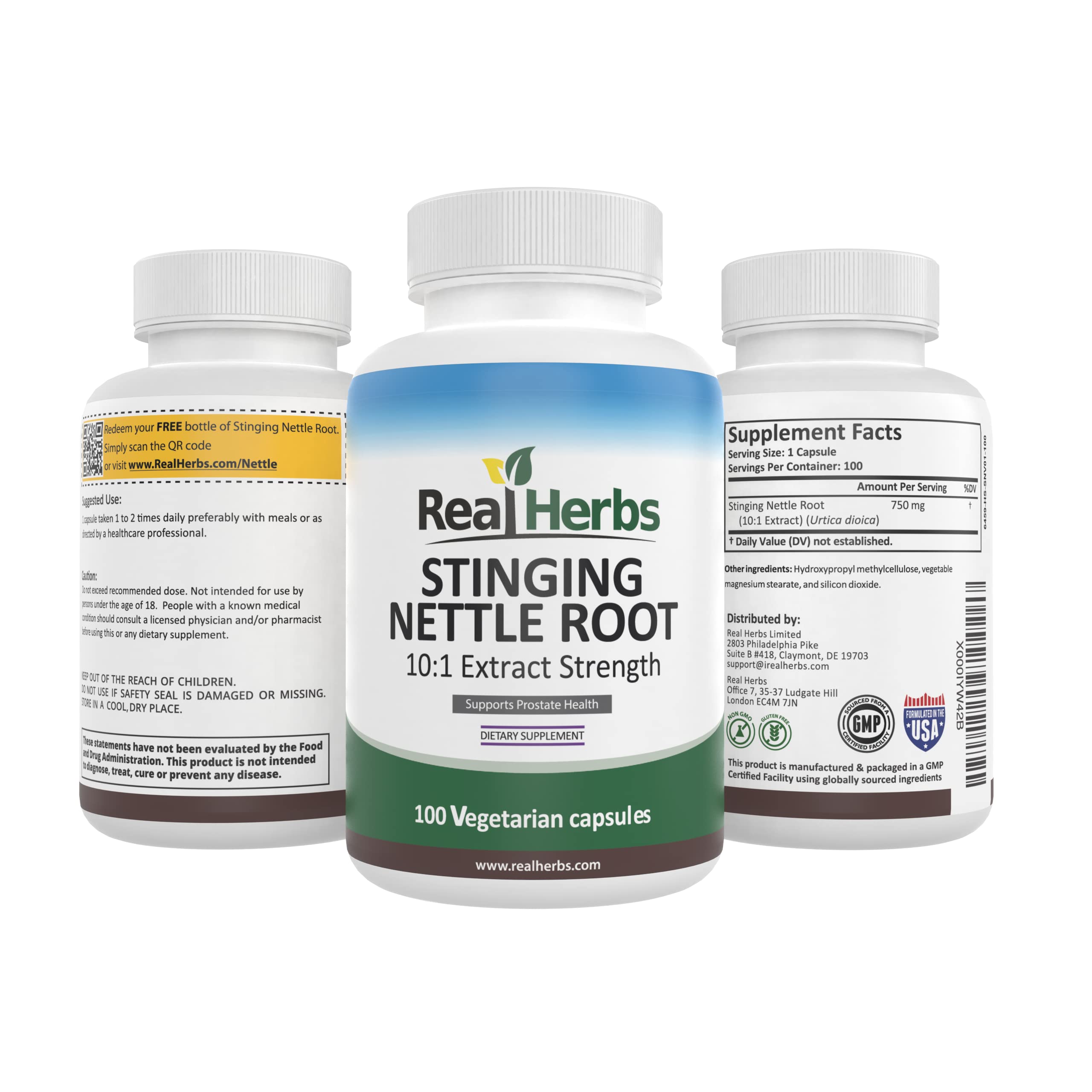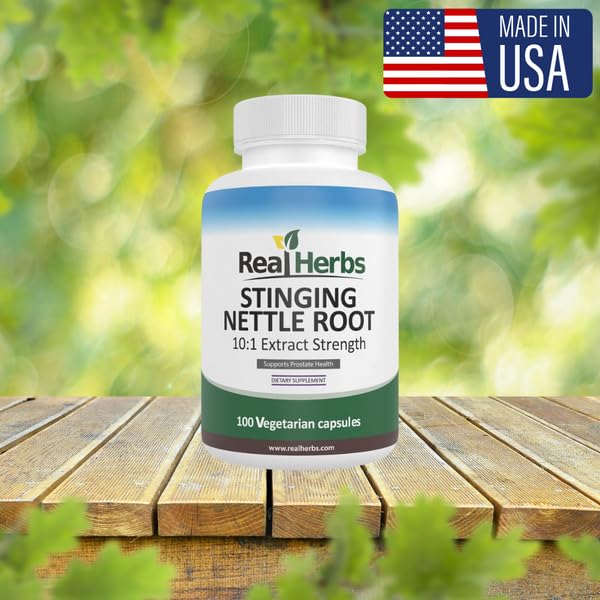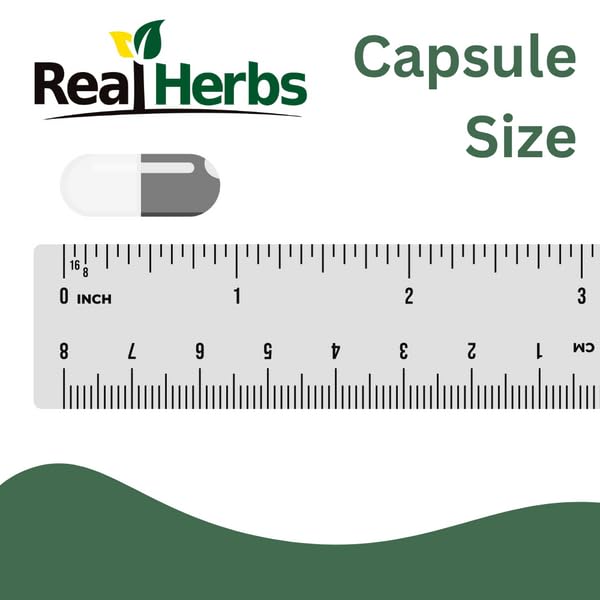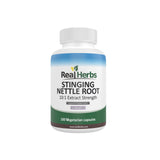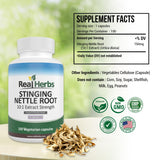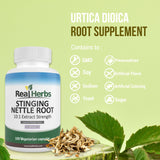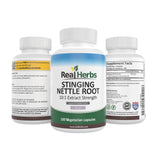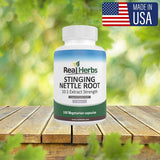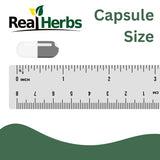When To Harvest Stinging Nettle Root?
Introduction:
Stinging nettle (Urtica dioica) has been used for centuries as a medicinal herb due to its numerous health benefits. Among its various parts, the root is particularly valued for its potential therapeutic properties. In this article, we will explore the ideal timing for harvesting stinging nettle root to ensure maximum potency and effectiveness in herbal medicine.
What is Stinging Nettle? Stinging nettle is a perennial flowering plant found in many regions around the world. It typically grows in moist, nitrogen-rich soil and can reach heights of up to four feet. The plant is known for its stinging hairs that contain chemicals which, upon contact with the skin, cause mild irritation. However, once processed, the plant's stinging properties are neutralized, making it safe for medicinal use.
Understanding Stinging Nettle Root Medicinal Properties: Stinging nettle root contains several bioactive compounds, including lectins, lignans, sterols, and phenolic compounds. These constituents are believed to contribute to the plant's potential health benefits, which may include anti-inflammatory, diuretic, antioxidant, and prostate health-supporting properties. Scientific studies have shown promising results, though further research is ongoing.
Identifying Stinging Nettle Plants: Before harvesting stinging nettle root, it's crucial to be able to identify the plant accurately. Stinging nettle leaves are heart-shaped with serrated edges and are covered in tiny hairs that cause irritation upon touch. The stems are erect, and the roots extend deeply into the ground, making them the target of harvesting for medicinal use.
The Best Time to Harvest Stinging Nettle Root: The optimal time to harvest stinging nettle root is during early spring, just as new shoots begin to emerge. At this stage, the plant is in its growth phase, and the root is rich in essential nutrients and bioactive compounds. As the plant matures through the summer, the energy is often diverted from the roots to other parts, reducing the root's medicinal potency.
Sustainable Harvesting Practices: When harvesting stinging nettle root, it's vital to practice sustainability to protect the plant population and its surrounding ecosystem. Never harvest the entire plant, as this can lead to its decline in the area. Instead, carefully harvest only a portion of the root from mature plants, leaving the rest intact to support future growth and reproduction.
Harvesting Techniques: To harvest stinging nettle root, you'll need a shovel or a garden fork. Gently dig around the base of the plant to loosen the soil. Be cautious while handling the plant to avoid the stinging hairs. Once the root is exposed, cut a portion of it close to the base, leaving enough behind for the plant to regenerate.
Drying and Storing Stinging Nettle Root: To preserve the medicinal properties of stinging nettle root, proper drying is essential. Wash the harvested roots to remove excess dirt and let them air-dry in a well-ventilated area away from direct sunlight. Once thoroughly dried, store the root in airtight containers in a cool, dark place to maintain its potency for an extended period.
Preparing and Using Stinging Nettle Root: Stinging nettle root can be prepared and used in various forms, such as herbal teas, tinctures, or supplements. Follow recommended dosages and consult with a qualified herbalist or healthcare professional before incorporating stinging nettle root into your wellness routine, especially if you are pregnant, nursing, or taking medications.
Conclusion:
Harvesting stinging nettle root at the right time ensures its maximum medicinal benefits. By practicing sustainable harvesting and using proper drying and storage techniques, we can continue to harness the potential health-promoting properties of this remarkable plant. When used responsibly and under appropriate guidance, stinging nettle root can be a valuable addition to your natural health regimen.

